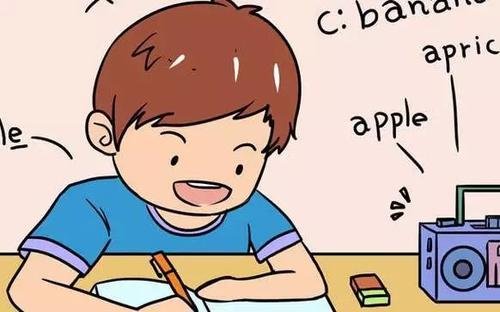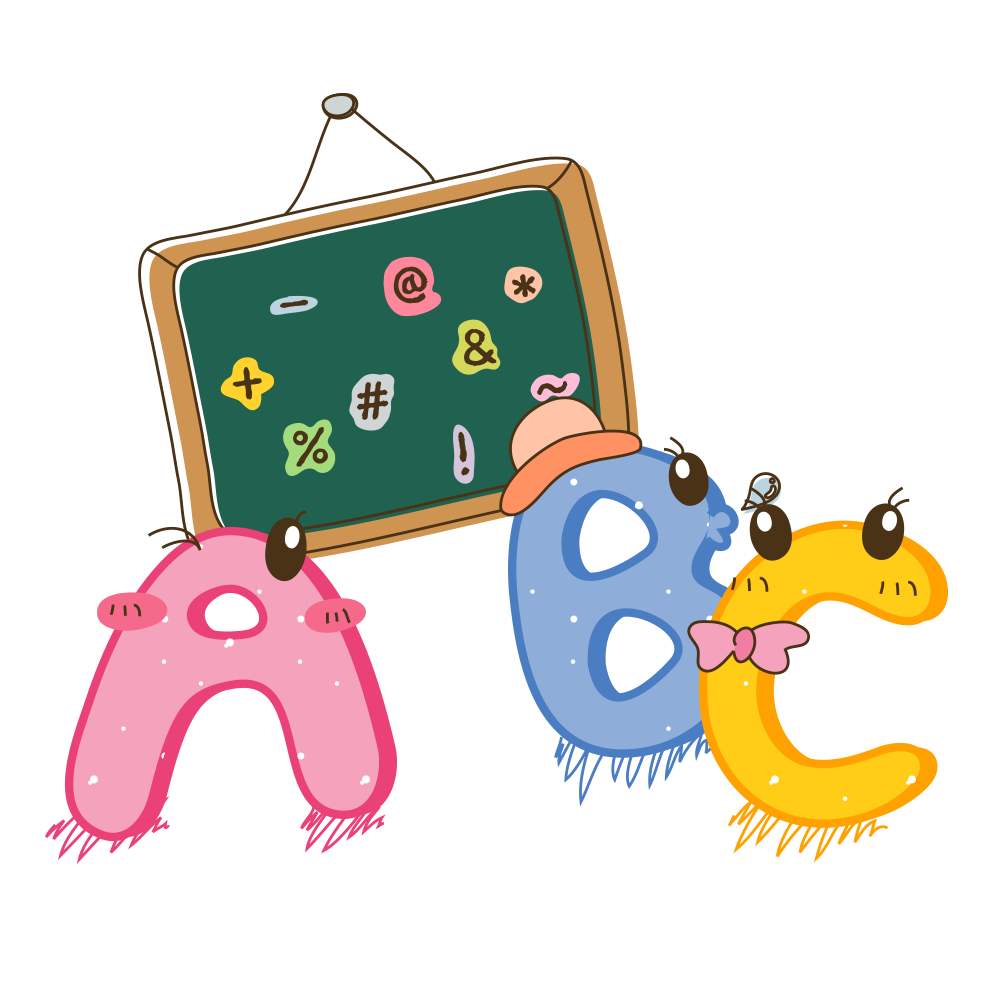初三英语上册期中考试重点笔记五篇
我们应当赞美岩石的坚定。我们应当学习岩石的坚定。我们应当对革命有着坚强的信念。下面是课件网小编为您推荐初三英语上册期中考试重点笔记五篇。

1.初三英语上册期中考试重点笔记
名词的所有格
名词的所有格,用来表示人或物的所有,以及领属关系。
(1) 表示有生命的名词的所有格其单数形式是加“’s”,其复数形式是“s’”。
例如:a student’s room
students’ rooms
father’s shoes
(2) 如其结尾不是s的复数形式仍加“’s”。
例如:Children’s Day
(3)在表示时间、距离、长度、重量、价格、世界、国家等名词的所有格要用“’s”。
例如:a twenty minutes’ walk
ten miles’ journey
a boat’s length
two pounds’ weight
ten dollars’ worth
(4)无生命名词的所有格则必须用of结构。
例如:a map of China
the end of this term
the capital of our country
the color of the flowers
(5)双重所有格。
例如:a friend of my father’s
名词的数
(1) 可数名词的单数和复数。
可数名词有单数和复数两种形式。复数形式通常是在单数形式后加词尾“ s”构成,其主要变法如下:
①一般情况在词尾加“ s”。
例如:doctor→doctors
②以s,x,ch,sh结尾的词加“ es”。
例如:bus→buses
box→boxes
watch→watches
brush→brushes
③以ce,se,ze,(d)ge结尾的名词加“ s”。
例如:orange→oranges
size→sizes
④以辅音母加y结尾的词变“y”为“i”再加“ es”。
例如:factory→factories
但要注意的是以元音字母加y结尾的名词的复数形式只加“ s”。
例如:boy→boys
⑤以o结尾的词多数都加“ es”。
例如:hero→heroes
potato→potatoes
tomato→tomatoes
但词末为两个元音字母的词只加“ s”。
例如:zoo→zoos
radio→radios
还有某些外来词也只加“ s”。
例如:photo→photos
piano→pianos
⑥以f或fe结尾的词,多数变f为v再加“ es”。
例如:knife→knives
⑦少数名词有不规则的复数形式。
例如:man→men
woman→women
tooth→teeth
foot→feet
child→children
mouse→mice
注意:与man和woman构成的合成词,其复数形式也是“ men”和“ women”。
例如:an Englishman→two Englishmen
但German不是合成词,故复数形式为Germans。
man,woman等作定语时,它的单复数以其所修饰的名词的单复数而定。
例如:men workers
women teachers
有个别名词单复数一样,如:Chinese,Japanese,sheep,deer,fish等。但当fish表示不同种类的鱼时,可以加复数词尾。
⑧形式上为单数形式但其意为复数的名词有:people,police等。
⑨数词+名词作定语时,这个名词一般保留单数形式,中间加连字符。
例如:ten minutes’ walk
an 8 year old girl
a ten mile walk
⑩还有些名词仅有复数形式,如:trousers,clothes,chopsticks,glasses,goods,ashes,
scissors,compasses等。
(2) 不可数名词“量”的表示方法。
在英语中,不可数名词如果要表示“量”的概念,可以用以下两种方法:
①用much, a little, a lot of/lots of, some, any等表示多少。
例如:The rich man has a lot of money. (这个富人有很多钱。)
There is some milk in the bottle. (瓶子里有些牛奶。)
Is there any water in the glass? (杯子里有水吗?)
I don’t like winter because there’s too much snow and ice. (我不喜歡冬天,因为冬天有太多的冰雪。)
②用a piece of 这类定语。
例如:a piece of paper/wood/bread
a bottle of orange
a glass of water/milk
a cup of tea
a bag of rice
如果要表示“两杯茶”、“四张纸”这类概念时,在容器后加复数。
例如:two cups of tea
four pieces of paper
three glasses of water
不可数名词也可用a lot of,lots of,some,any,much等来修饰。
2.初三英语上册期中考试重点笔记
相互代词
1)相互代词只有each other和one another两个词组
他们表示句中动词所叙述的动作或感觉在涉及的各个对象之间是相互存在的
例如:
It is easy to see that the people of different cultures have always copied each other.
显而易见,不同文化的人总是相互借鉴的
2) 相互代词的句法功能:
a. 作动词宾语;
People should love one another. 人们应当彼此相爱。
b. 可作介词宾语;
Does bark, cocks crow, frogs croak to each other. 吠、鸡鸣、蛙儿对唱。
说明:传统语法认为,相互关系存在于两个人或物之间用each other, 存在于两个以上人和物之间用one another。现代英语中,两组词交替使用的实例也很多,例如:
He put all the books beside each other.
他把所有书并列摆放起来。
He put all the books beside one another.
他把所有书并列摆放起来。
Usually these small groups were independent of each other.
这些小团体通常是相互独立的。
c. 相互代词可加-'s构成所有格,例如:
The students borrowed each other's notes.
学生们互借笔记。
物主代词
1)物主代词既有表示所属的作用又有指代作用
例如:
John had cut his finger; apparently there was a broken glass on his desk.
约翰割破了手指,显而易见,他桌子上有个破玻璃杯。
物主代词有形容词性(my, your等)和名词性(mine, yours等)两种,形容词性的物主代词属于限定词。
名词性的物主代词在用法上相当于省略了中心名词的 --'s属格结构,例如:
Jack's cap 意为 The cap is Jack's.
His cap 意为 The cap is his.
2) 名词性物主代词的句法功能
a. 作主语,例如:
May I use your pen? Yours works better.
我可以用一用你的钢笔吗? 你的比我的好用。
b. 作宾语,例如:
I love my motherland as much as you love yours.
我爱我的祖国就像你爱你的祖国一样深。
c. 作介词宾语,例如:
Your should interpret what I said in my sense of the word, not in yours.
你应当按我所用的词义去解释我说的话,而不能按你自己的意义去解释。
d. 作主语补语,例如:
The life I have is yours. It's yours. It's yours. 我的生命属于你,属于你,属于你。
3.初三英语上册期中考试重点笔记
一、过去完成时的结构特点
概念:过去完成时表示在过去某一时间或动作之前已经发生或完成了的动作,即“过去的过去( past-in-the-past )”。
过去完成时 过去时 现在进行时
构成:过去完成时由“助动词 had + 过去分词”构成,其中 had 通用于各种人称。
They had already had breakfast before they arrived at the hotel. She had finished writing the composition by 10 :00 this morning.
二、过去完成时的判断依据
1. 由时间状语来判定
一般说来,各种时态都有特定的时间状语。与过去完成时连用的时间状语有:
( 1 ) by + 过去的时间点。如:
I had finished reading the novel by nine o'clock last night.
( 2 ) by the end of + 过去的时间点。如:
We had learned over two thousand English words by the end of last term.
( 3 ) before + 过去的时间点。如:
They had planted six hundred trees before last Wednesday.
2. 由“过去的过去”来判定。 过去完成时表示“过去的过去”,是指过去某一动作之前已经发生或完成的动作,即动作有先后关系,动作在前的用过去完成时,在后的用一般过去时。这种用法常出现在:
( 1 )宾语从句中,当宾语从句的主句为一般过去时,且从句的动作先于主句的动作时,从句要用过去完成时。在told, said, knew, heard, thought等动词后的宾语从句。
如: She said that she had seen the film before.
( 2 )状语从句中,在时间、条件、原因、方式等状语从句中,主、从句的动作发生有先后关系,动作在前的,要用过去完成时,动作在后的要用一般过去时。
如: When I got to the station, the train had already left. After he had finished his homework, he went to bed.
注意: before, after ,as soon as引导的时间状语从句中,由于 before 和 after 本身已表达了动作的先后关系,若主、从句表示的动作紧密相连,则主、从句都用一般过去时。如:
Where did you study before you came here?
After he closed the door, he left the classroom.
(3)表示意向的动词,如hope, wish, expect, think, intend, mean, suppose等,用过去完成时表示"原本…,未能…"
We had hoped that you would come, but you didn't. 3. 根据上、下文来判定。
I met Wang Tao in the street yesterday. We hadn't seen each other since he went to Beijing.
三、过去完成时的主要用法
1. 过去完成时表示一个动作或状态在过去某一时间或动作之前已经完成或结束,即发生在“过去的过去”。如:
When I woke up, it had stopped raining. 我醒来时,雨已经停了。(主句的动作发生在“过去的过去”)
2. 过去完成时是一个相对的时态,表示的是“过去的过去”,只有和过去某一时间或某一动作相比较时才使用它。如:
He told me that he had written a new book. (had written 发生在 told 之前 )
3. 过去完成时需要与一个表示过去的时间状语连用,它不能离开过去时间而独立存在。
4.初三英语上册期中考试重点笔记
主动语态和被动语态
主动语态(The Active Voice)表示主语是动作的执行者。
被动语态(The Passive Voice)表示主语是动作的承受者。
构成:承受者+助动词be+及物动词的过去分词+by+执行者
一般现在时:承受者+助动词am / is/are +及物动词的过去分词+by+执行者
一般过去时:承受者+助动词was / were +及物动词的过去分词+by+执行者
承受者+助动词shall / will be+及物动词的过去分词+by+执行者
承受者+助动词 have/ has been+及物动词的过去分词+by+执行者
承受者+ can /may/must/should +be+及物动词的过去分词+by+执行者
从句
1.宾语从句
在复合句中,由一个句子充当宾语,这个句子叫做宾语从句。宾语从句主要有三种类型,分别是that引导的宾语从句、if或whether引导的宾从、连接代词和连接副词引导的宾语从句。 常见的宾语从句引导词:that、if、whether、what、who、where、why和how。
Eg. I am sad that you refused me. 我很难过你拒绝了我。
2.定语从句
定语从句在中考和高考中出现的频率都非常高。在复合句中,修饰名词或代词的从句叫定语从句。被修饰的名词或代词叫先行词。定语从句一般放在先行词的后面。常见的关系代词包括that,which,who(宾格whom,所有格whose),as 等,关系副词包括where,when,why等。
Eg. Lily likes music that is quiet and gentle. 玛丽喜欢轻柔的音乐。
3.状语从句
状语从句就是由一个句子在复合句中充当状语。所以状语从句又可以分为时间状语从句、地点状语从句、原因状语从句、目的状语从句、结果状语从句等等。每种状语从句都有特定的引导词:
(1)地点状语从句:where,wherever
(2)时间状语从句:when, while, as, before, until, till, since
(3)原因状语从句:because, since,as, now that, not that…, but that…, seeing that,
considering that, in that
(4)目的状语从句:so, so that, in order that, that, to the end that, in case,for fear that,lest
(5)结果状语从句:so...that, such that, so that, with the result that
(6)条件状语从句:if,unless,if only,only if,in case,suppose/supposing
(that),provided/providing(that),on condition that,so/as long as
(7)方式状语从句:as, as if, as though
(8)让步状语从句:though, although, as, even if, even though, whether, no matter
whether...or, no matter with
可数名词变复数的几种形式
1.单数名词加s: students, apples, bags, trees, books, brothers.
2.以s、x、sh、ch结尾的名词加es: glasses, boxes, brushes, matches.
3.以辅音字母加y结尾的名词,变y为i加es: cities, babies, enemies.
4.以f或fe结尾的名词,多数变f为v加es: wives, knives.但有些词只加s: roofs,proofs, chiefs.
5.以o结尾的名词,有些加es: Negroes, heroes, tomatoes, potatoes. 其它加s: radio s, zoos, pianos, photos.
6.不规则名词:foot→feet, goose→geese, tooth→teeth, child→children, man→men, woman→women, mouse→mice.
7.单复数同形的名词:sheep,fish,dee.
注意:fish表示种类时,也用fishes这样的形式。
5.初三英语上册期中考试重点笔记
一、冠词a/an
1. a university
2. a useful book
3. a one-hour documentary
4. an honest boy
5. an NBA player
6. a European country
7.What a big success / surprise / rain / mess
8.What great progress! What terrible weather!/What great courage!
二、数词
1.two hundred students; hundreds of student
2.常考序数词
nine-ninth;twelve-twelfth;forty-fortieth;
ninety-ninetieth
3.在某人四十多岁时 in one’s forties
我父亲40岁的生日 my father’s fortieth birthday
4.分数
three fourths=three quarters(四分之三)
three fourths of the students are.....
three fourths of the water is
5.年代 in the 1990s(20世纪90年代) in 1990(在1990年)
三、词性变化
1. 形容词和副词
wise-wisely polite-politely safe-safely simple-simply terrible-terribly
noise-noisy-noisily true-truly
以ly结尾的形容词 friendly友好的 lovely可爱的 lively生动的,活泼的
2.动词和名词
invite-invitation(邀请)
invent-invention(发明物)-inventor(发明家)
introduce-introduction(介绍,引言)
direct-director(导演)
四、such/that
修饰可数名词:such+a/an+adj+n=so + adj+ a+n(such a nice pen=so nice a pen)
修饰不可数名词:只用such(such clean water)
So+两少两多 many,much, few, little(少) 如果little(小)则+such.
常考so little education(少)
such little sheep/children(小)
五、否定倒装
结构:
1. neither + do / does / did / will / have / has+主语
2. neither + 情态动词+ 主语
3. neither + be(am,is,are)+主语
六、从属连词
1. until,常考not..until结构,主句中经常不直接出现not这个否定词,而是会出现none, nobody, nothing,little, few, hardly等这些否定词
When--not until how long--until how soon--not until
2. since
(a)既然,由于(表原因),解题通过翻译
(b) 自从...以来,解题关注完成时态
3. though/although的考查,注意不能和but连用。
4. while/when的考查:两长while, 一长一短,长前通常while,短前when。
解题方法:划出句中的动词,辨析长短(进行为长,过去为短)
5. if/unless 时态:主将从现
6. as soon as 一....就....
七、并列连词
1. both...and...
2. neither...nor...
3. either...or
4. not only...but also...
注意:
1. both...and...引导主语,谓语动词只能是复数
2. 后三个连接主语,谓语动词就近原则
3. 如果题目的意思是两者都能...,那就得抓住谓语动词来判定到底是both...and...还是not only... but also。(通读情景来解答)
八、定语从句
1. 指人:who/that/whom
2. 指物:which/that
注意:
1. 先行词后出现后置定语,不要把后置定语当成是先行词。
2. 定语从句也是一个句子,做题结束后可以把关系代词替换成先行词,还原成句子进行检验。
九、宾语从句
解题抓住三要素:引导词,时态,语序,可以抓住任何一个要素作为突破口,排除一些干扰选项后解答。
注意:
1. what's the matter/what’s wrong with/which is the way to本身是陈述语序,无须改变。
2. 出现or not,引导词只能用whether
3.Could 表委婉语气时,时态不变



